RTG Parts: Powering the Future of Tech
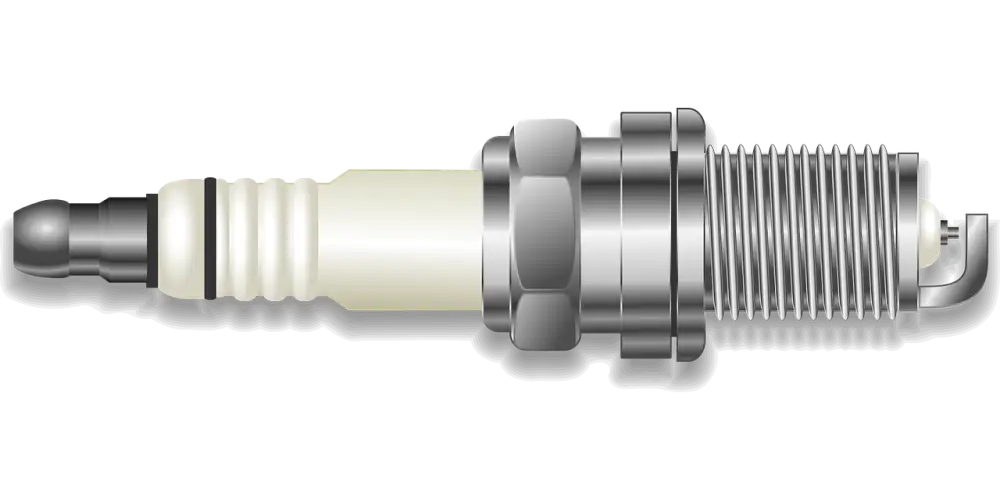
RTG Power Source
Radioisotope thermoelectric generators, or RTGs for short, are pretty awesome devices. They're like tiny nuclear power plants that generate electricity from the heat produced by radioactive decay. Unlike the massive reactors you might find in power plants, RTGs are compact and reliable, making them perfect for powering spacecraft and other remote applications.
At the heart of an RTG is a radioactive source, typically plutonium-238. This isotope emits alpha particles as it decays, releasing heat in the process. Surrounding the plutonium-238 is an array of thermocouples, which are devices that convert heat energy into electrical energy. These thermocouples are made from two different metals joined together. When there's a temperature difference across the junction of these metals, it creates a voltage, and voila, you've got electricity.
RTGs are incredibly reliable because they have no moving parts. This makes them ideal for long-duration space missions where maintenance is impossible. For instance, the Voyager spacecraft, launched way back in 1977, are still going strong, thanks to their trusty RTGs. These powerhouses have allowed the Voyagers to send back incredible data from the outer reaches of our solar system.
But RTGs aren't just for space exploration. They've also been used to power remote weather stations, navigational beacons, and even underwater sensors. Their ability to operate autonomously for decades on end makes them invaluable for these applications.
Of course, working with radioactive materials requires careful consideration. RTGs are designed with multiple layers of shielding to prevent radiation leaks. Plus, the plutonium-238 used in RTGs emits a type of radiation that's easily blocked, further minimizing any potential risks.
While RTGs might sound like something straight out of science fiction, they're a testament to human ingenuity. These devices have allowed us to explore the cosmos, monitor our planet, and push the boundaries of technology. As we venture further into the unknown, you can bet that RTGs will continue to play a vital role in powering our endeavors.
Thermoelectric Converter
A thermoelectric converter is the heart of a radioisotope thermoelectric generator (RTG). Think of it as a silent engine that turns heat, in this case, from the decay of radioactive material, into electricity. No moving parts, no fuss. It's all based on the Seebeck effect, a cool physics principle where temperature differences across specific materials create an electrical voltage.
Inside the converter, you'll find two types of semiconductors: n-type and p-type. They are sandwiched between hot and cold junctions. The radioactive source, often plutonium-238, generates heat as it decays. This heat flows from the hot junction through the semiconductors. The temperature difference causes the electrons in the materials to move, creating an electrical current.
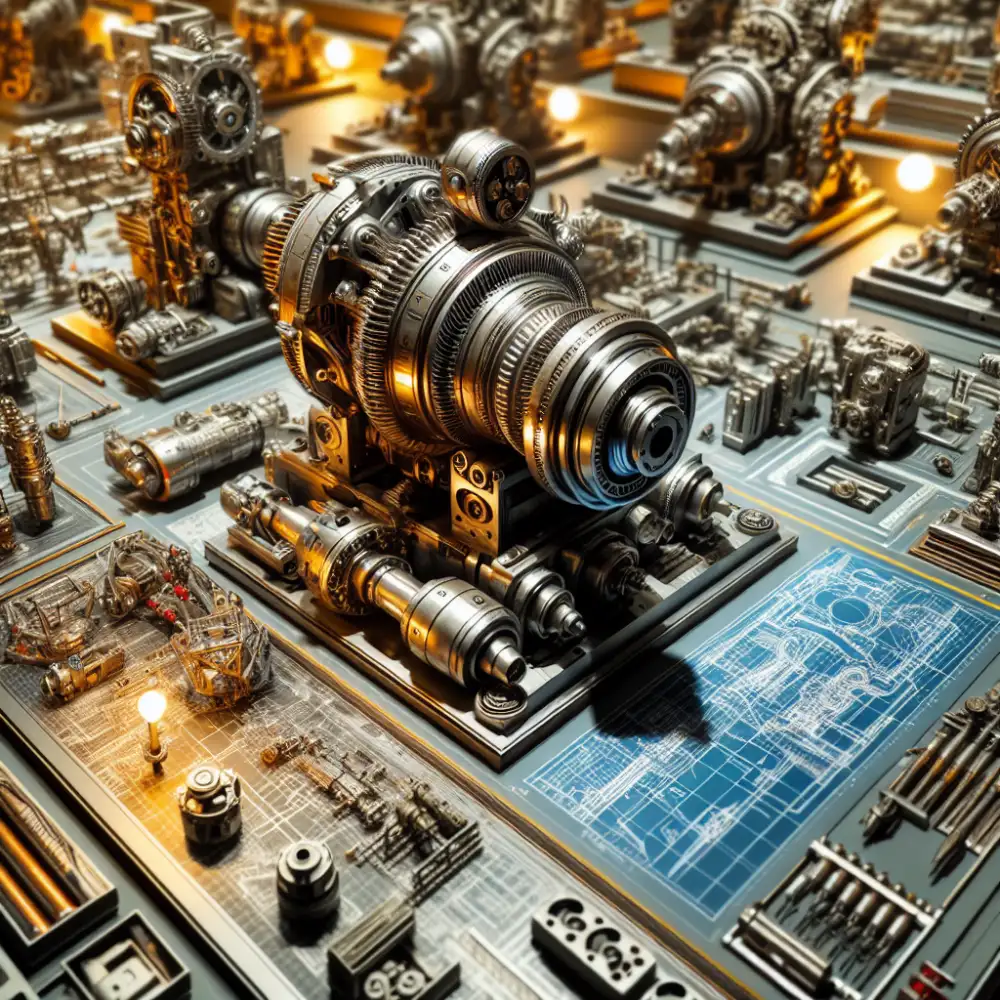
Different RTGs use various thermoelectric materials, each with pros and cons. Silicon-germanium alloys are common, known for their reliability and ability to handle high temperatures. Lead telluride is another option, offering higher efficiency but with lower operating temperature limits. The choice depends on the specific requirements of the mission.
For example, NASA's Curiosity rover, exploring Mars, uses a Multi-Mission Radioisotope Thermoelectric Generator (MMRTG) with lead telluride thermoelectric converters. This type was chosen for its efficiency, extending the rover's operational life. On the other hand, the Voyager spacecraft, launched in the 1970s, rely on silicon-germanium converters in their RTGs. This choice prioritizes reliability for their decades-long journeys into interstellar space.
The efficiency of thermoelectric converters is relatively low, typically around 5-8%. This means that a significant portion of the heat generated by the radioactive source is not converted into electricity and is lost to the environment. However, the simplicity, reliability, and longevity of these converters make them ideal for powering spacecraft and other applications where traditional power sources are not feasible.
RTG parts are built to withstand the most extreme conditions, from the depths of the ocean to the far reaches of space.
Eamon Lancaster
Heat Rejection System
Radioisotope thermoelectric generators (RTGs) are fascinating devices that generate electricity from the heat produced by the radioactive decay of materials like plutonium-238. A key component of any RTG is its heat rejection system. This system is crucial for dissipating the excess heat produced by the radioactive decay process that's not converted into electricity. This ensures the RTG operates within safe and efficient temperature ranges.
Think of it like this: the heat rejection system is like a car's radiator. Just as a radiator prevents a car engine from overheating, the heat rejection system in an RTG prevents the generator from getting too hot, which could damage its internal components.
There are different ways to design an RTG heat rejection system, but most rely on conductive and radiative heat transfer. Here's how it works:
Conduction: Heat is transferred away from the RTG's hot junction through a series of thermally conductive materials. These materials, often metals like aluminum or copper, are chosen for their ability to efficiently move heat.
Radiation: Once the heat reaches the outer surfaces of the RTG, it's radiated away into space. This is often aided by fins or other structures that increase the surface area of the RTG, allowing it to radiate heat more effectively.
The design of the heat rejection system is influenced by several factors:
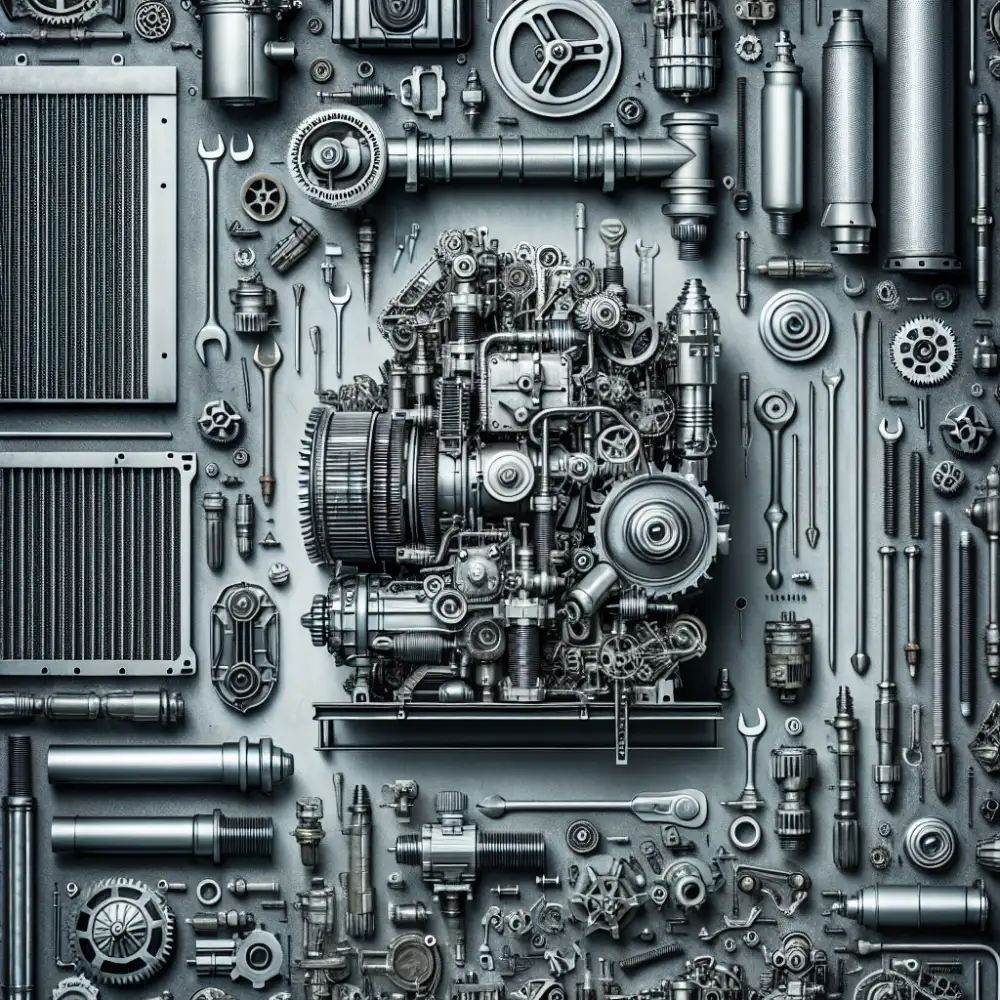
The size and power output of the RTG: Larger, more powerful RTGs generate more heat and require more robust heat rejection systems.
The environment where the RTG will operate: RTGs used in space must be designed to radiate heat effectively in a vacuum, while those used on Earth might use air or water cooling.
The mission's duration: Long-duration missions require heat rejection systems that can operate reliably for extended periods.
The heat rejection system is a critical component of any RTG. Its efficient operation ensures the longevity and reliability of these power sources, which are essential for a wide range of applications, from powering spacecraft exploring the outer solar system to providing electricity in remote, off-grid locations on Earth.
Housing and Shielding
Radioisotope thermoelectric generators (RTGs) are fascinating devices that convert heat from radioactive decay into electricity. They are incredibly useful for powering spacecraft and remote equipment in harsh environments where other power sources are impractical. But RTGs contain radioactive materials, so safety is a top priority. That's where housing and shielding come in.
The housing is the first line of defense. It's a robust structure, often made of multiple layers of tough materials like graphite, refractory metals, or impact-resistant ceramics. The housing's job is to protect the RTG's internal components from the rigors of launch, space travel, or harsh terrestrial conditions. Think of it as the RTG's suit of armor, built to withstand impacts, vibrations, and extreme temperatures.
But the housing is just the beginning. Equally important is the shielding, designed to contain the radiation emitted by the radioactive material inside. This shielding typically involves heavy metals like lead, tungsten, or depleted uranium, chosen for their ability to absorb radiation. The design and thickness of the shielding are carefully calculated to reduce radiation levels outside the RTG to safe limits for humans and the environment.
The design of the housing and shielding must also consider the specific radioactive material used in the RTG. Different isotopes emit different types and amounts of radiation, so the shielding must be tailored accordingly. For example, Plutonium-238, a common fuel for RTGs, primarily emits alpha particles, which are easily stopped by a relatively small amount of shielding.
However, it also emits small amounts of neutrons and gamma rays, which are more penetrating and require thicker, denser shielding. Engineers use sophisticated computer models and simulations to optimize the design of the housing and shielding, ensuring that radiation levels are kept well below safety limits in all scenarios, including accidents during launch or re-entry.
The combination of robust housing and carefully designed shielding ensures that RTGs can operate safely and reliably, providing power for decades in some of the most extreme environments imaginable. Whether exploring the depths of space or powering remote scientific instruments on Earth, RTGs, with their robust safety features, play a vital role in advancing our understanding of the universe and our own planet.
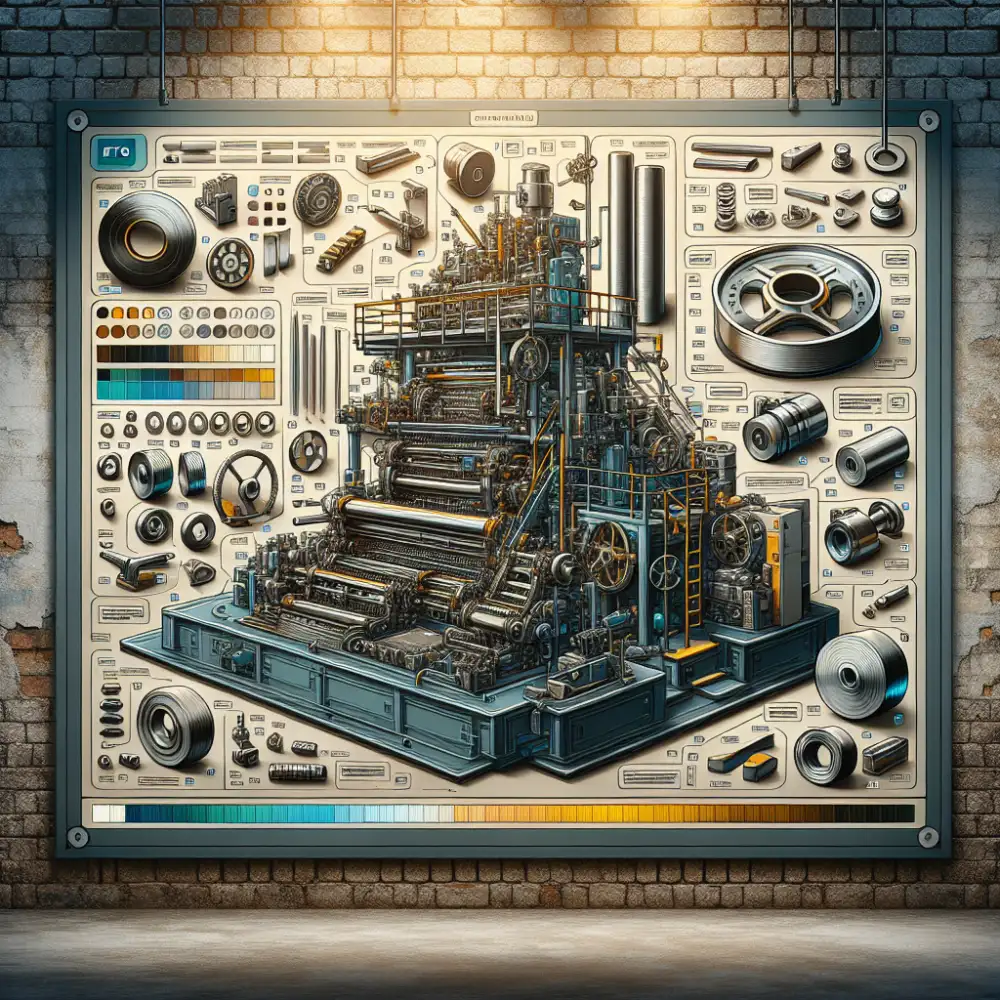

Control and Monitoring
Control and monitoring systems are vital for the safe and efficient operation of radioisotope thermoelectric generators (RTGs) and their components. These systems provide real-time data on the RTG's performance, enabling operators to detect and respond to potential issues before they escalate.
Sophisticated sensors are employed to monitor critical parameters such as temperature, pressure, and radiation levels. These sensors are strategically positioned within the RTG and its surrounding environment to provide comprehensive coverage. Temperature sensors, for instance, are used to monitor the heat source, thermoelectric converters, and other critical components, ensuring they operate within safe limits. Pressure sensors, on the other hand, monitor the internal pressure of the RTG, detecting any potential leaks or breaches in the containment system. Radiation detectors are deployed to measure the levels of radiation emitted by the RTG, ensuring they remain within acceptable safety standards.
The data collected by these sensors is transmitted to a central control unit, where it is processed and displayed to operators. The control unit typically features a user-friendly interface that provides clear and concise information on the RTG's status. Advanced control systems may also incorporate alarms and automated safety features that can take corrective actions in response to abnormal conditions. For example, if a temperature sensor detects overheating, the control system may automatically reduce the RTG's power output or activate cooling mechanisms to prevent damage.
Remote monitoring capabilities are often integrated into the control system, allowing operators to monitor the RTG's performance from a distance. This is particularly important for RTGs used in space exploration or other remote applications where direct access is limited. Remote monitoring systems typically rely on satellite or wireless communication technologies to transmit data to ground stations or control centers.
The design and implementation of control and monitoring systems for RTGs are subject to stringent safety regulations and standards. These regulations ensure that the systems are robust, reliable, and capable of detecting and responding to a wide range of potential failures or anomalies. Regular testing and maintenance are essential to ensure the ongoing performance and reliability of these critical systems.
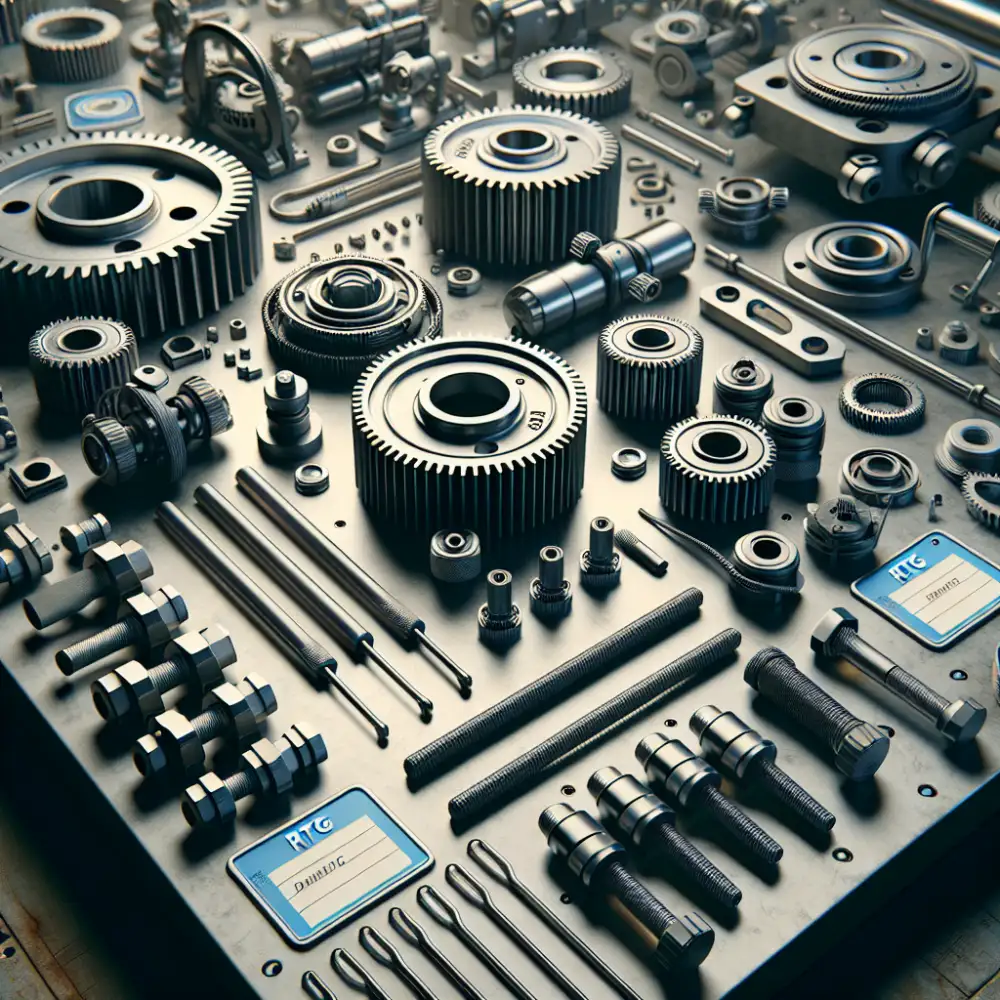
Other Components
These components work together to enable RTGs to provide reliable power in extreme environments where traditional energy sources are impractical.
Applications and Benefits
RTG parts and components, engineered for resilience and longevity, find applications across diverse industries. Their robust construction makes them suitable for heavy-duty machinery in sectors like mining, construction, and agriculture. RTG parts contribute to the efficiency and reliability of excavators, bulldozers, and tractors, enabling them to withstand demanding operating conditions.
In the automotive industry, precision-engineered RTG components play a crucial role in enhancing vehicle performance and safety. From engine components to braking systems, these parts are designed to meet the stringent demands of modern vehicles.
The use of RTG parts extends to manufacturing and industrial automation. Their durability and precision contribute to the smooth operation of assembly lines, robotic systems, and other critical machinery. By minimizing downtime and maintenance, RTG parts enhance productivity and reduce operational costs.
The benefits of utilizing RTG parts and components are multifaceted.
Durability: RTG parts are renowned for their exceptional durability, capable of withstanding extreme temperatures, heavy loads, and harsh environments. This translates into extended service life, reduced maintenance requirements, and increased overall equipment reliability.
Performance: Precision engineering and high-quality materials ensure optimal performance of RTG parts. Whether it's an engine component or a hydraulic system, these parts contribute to improved efficiency, power output, and responsiveness.
Cost Savings: While the initial investment in RTG parts may be higher, their longevity and reliability result in significant cost savings over time. Reduced downtime, lower maintenance expenses, and extended equipment lifespan contribute to a lower total cost of ownership.
Safety: RTG parts undergo rigorous testing and quality control measures to meet stringent safety standards. By utilizing these parts, industries can enhance the safety of their operations, protecting both workers and equipment.
Availability: RTG parts are typically readily available through a network of authorized dealers and suppliers, ensuring timely procurement and minimizing downtime in case of replacements or repairs.
In conclusion, RTG parts and components play a vital role in various industries, contributing to increased efficiency, reliability, and safety. Their durability, performance, and cost-effectiveness make them a preferred choice for businesses seeking to optimize their operations and maximize their return on investment.
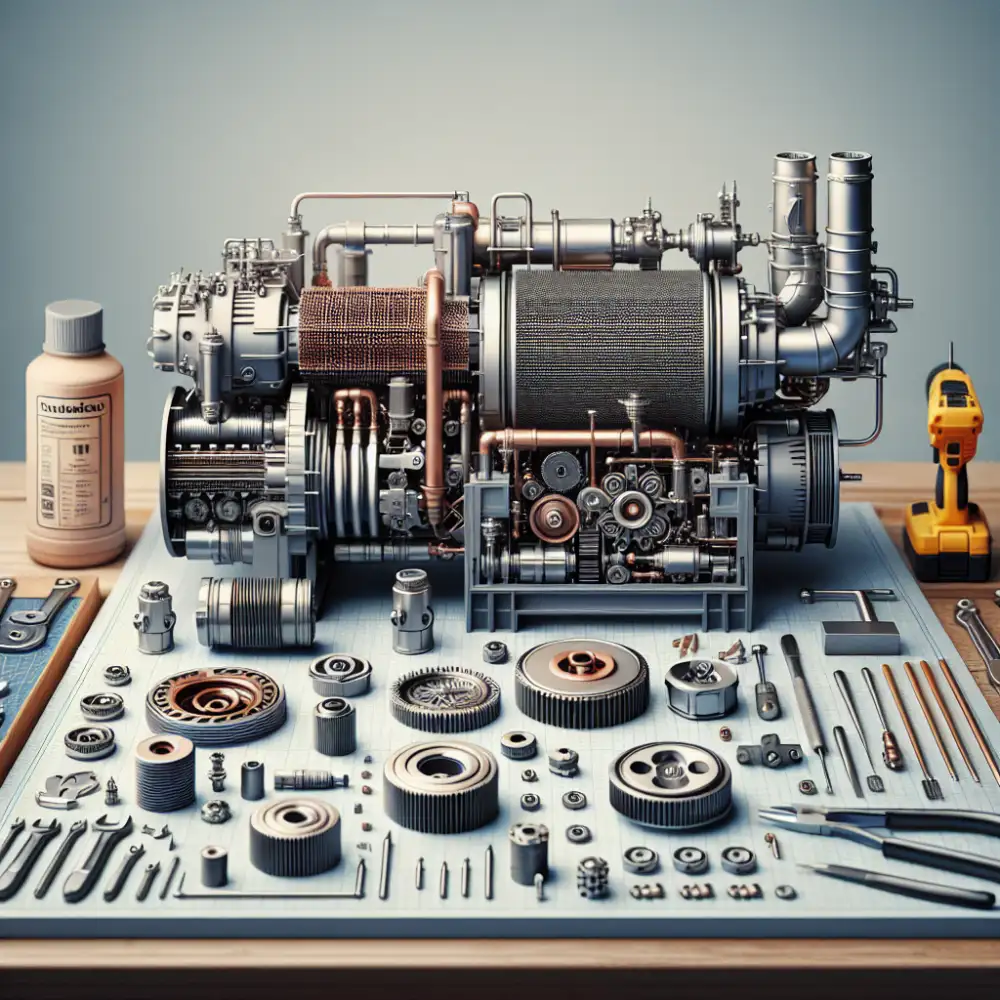
Safety and Environmental Considerations
Radioisotope thermoelectric generators (RTGs) are robust power systems that rely on the heat generated from the decay of radioactive isotopes, typically plutonium-238. While RTGs offer a reliable power source for deep space missions and remote terrestrial applications, their use necessitates careful consideration of safety and environmental impacts.
The radioactive nature of RTGs requires stringent safety protocols throughout their lifecycle, from design and manufacturing to operation and disposal. The plutonium-238 fuel is typically in the form of plutonium dioxide, a ceramic material that is highly insoluble and resistant to environmental dispersion. The fuel is encased in multiple layers of impact-resistant materials, such as iridium and graphite, to prevent accidental release even in the event of a launch failure or atmospheric re-entry.
Operational safety is ensured through rigorous testing and adherence to international safety standards. RTGs are designed to withstand extreme conditions, including launch vibrations, high temperatures, and potential impacts. They are also equipped with safety mechanisms to prevent overheating and ensure containment of radioactive materials.
Environmental concerns primarily center around the potential for accidental release of radioactive material. While the robust design of RTGs minimizes this risk, comprehensive safety assessments are conducted to evaluate potential environmental impacts throughout the mission lifecycle. These assessments consider various scenarios, including launch accidents, re-entry events, and long-term storage or disposal options.
International collaboration and adherence to strict safety protocols are crucial for the safe and responsible use of RTGs. Organizations such as the International Atomic Energy Agency (IAEA) provide guidelines and recommendations for the safe handling, transportation, and disposal of radioactive materials.
The benefits of RTGs, such as their long lifespan and ability to operate in harsh environments, must be carefully weighed against potential risks. Continuous research and development efforts focus on enhancing the safety and minimizing the environmental impact of these power systems. This includes exploring alternative materials, improving fuel containment, and developing advanced disposal methods.
Public perception and engagement are also essential aspects of the safe and ethical use of RTGs. Open communication about the risks and benefits, as well as transparency regarding safety protocols, is crucial for building public trust and ensuring the responsible use of this technology.
Published: 21. 06. 2024
Category: Food



